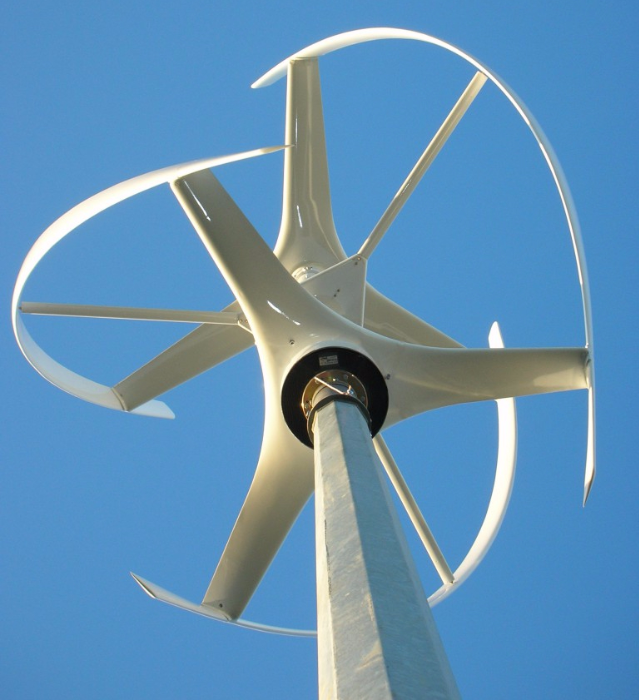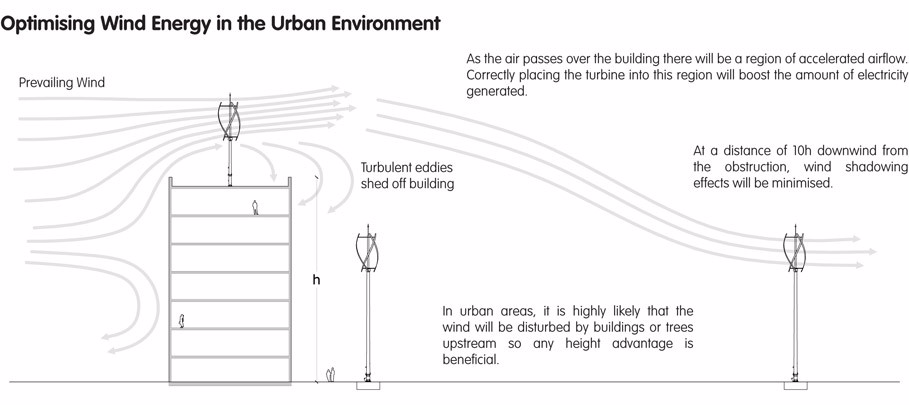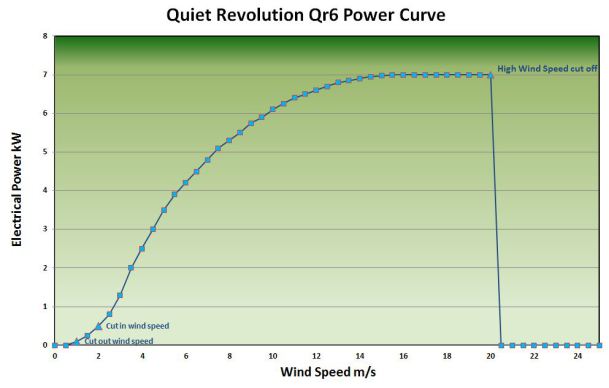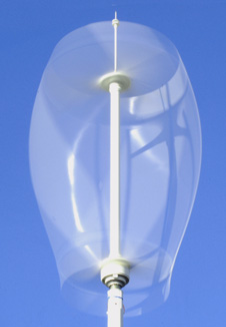
ABOUT
The reliance on fossil fuels is not only unsustainable due to energy price rises but also the impact they have on the climate due to CO2 increases effecting global warming.
It is imperative that Countries, Businesses, and individuals begin to conserve energy, use less and switch to the production of energy from renewable source. The reduction in energy consumption and move to sustainable renewable sources will reduce CO2 concentrations, slow the rise in energy prices and reduce reliance on fossil fuels.
The change to renewable forms of energy production is a massive undertaking. There is no single source of sustainable renewable energy production that provides the answer, but a diverse combination of renewable technology deployment can make massive contribution.
The UK has the largest wind resource of any country in Europe, making wind power one of the renewable sources of energy technologies that should be considered in many locations.
Quietrevolution research, design, and manufacture, in the UK small-scale wind turbines.These are designed to be sited at the point of energy use and are best suited for urban areas.Small and large scale wind technologies, both onshore and off-shore are all part of the energy mix required.
The UK has a great wind resource, however, even in a small island nation there are good sites and poor sites and careful consideration on the exact location is required prior to deployment of a wind turbine.It is estimated that approx. 3.5TWh could be produced from small wind technologies in the UK, or roughly 5% of our gross energy consumption.
Alongside other renewable technologies, such as solar and hydro, the deployment of smart technologies, and storage systems there can be a reliable energy supply to all individuals and businesses.
INFORMATION
Key factors that should always be considered are:
-Proximity to the Coast.
-Topography of the land.
-Elevation above the ground – the height of mast or height of building, taller is almost always better.
-Open flat country side There is a great deal of discussion within the wind industry and the press about wind turbines for urban areas.
The Qr6 has been optimised to run in the 10 m/s (22 mph) to 16 m/s (35 mph) band, so a small increase in wind makes a significant difference to power production.
The Qr6 Turbine has a cut in speed of 1.5 m/s (3.35 mph) and will function making a positive contribution down to 1.1 m/s (2.5 mph) and cuts out to protect itself at 20 m/s (45mph).
VWT Power Limited trading as Quiet Revolution vertical axis wind turbines have been designed and manufactured for urban areas.
Most calm days in the UK can be considered to still have 6mph to 10mph wind speeds on the ground which increases rapidly on a mast at 15m. T
ADVANTAGES
VAWT BENEFITS
-Qr6 rotor can use wind from all directions, unlike traditional HAWTs which need to track the wind – therefore maximising efficiency. -A VAWT for the same swept area has a smaller plan area than a HAWT, making it more space efficient. An important consideration when siting on or close to buildings. -The helical swept blades help distribute loads evenly, resulting in minimal vibration making the Qr6 a better option for roof mounts.
ACOUSTICS
The aerodynamic helical blade design results in smooth, quiet operation.
-Due to the vertical axis geometry of the rotor, the blade tips are close to the axis of rotation and travel a shorter distance per revolution. This results in a lower blade tip speed further reducing noise levels.
-Revolutionary blade tip designed to shed noise.
-Unique aero-elastic blades design captures turbulent wind and absorbs vibration.
OPERATING WIND SPEEDS
The Qr6 Turbine has a cut in speed of 1.5 m/s (3.35 mph) and will function making a positive contribution down to 1.1 m/s (2.5 mph)
-The Qr6 cuts out to protect itself at 20 m/s (45mph).
-Most calm days in the UK can be considered to still have 6mph to 10mph wind speeds on the ground which increases rapidly on a mast at 15m.
QR6 VERTICAL AXIS WIND TURBINE
Elegant aesthetically pleasing swept blade design
-Compact and easy to integrate
-Design life 30 years +
-Revolutionary blade tip designed to shed noise
-Unique aero-elastic blade design captures turbulent wind and absorbs vibration
-Power regulation
- In built safety mechanisms – auto emergency shutdown
-Operating wind speeds: start up 1.5 m/s – safety cutout › 20 m/s
WIND CONDITIONS & SITE EXPOSURE
The Power Curve below is perhaps the easiest way to understand power production. It is important to note that the power curve is not linear and there are sharp gradients due to the Qr6 turbine being optimized to run in the 10m/s (22mph) to 16m/s (35mph) band, so a small increase in wind makes a significant difference to power production.
The Qr6 Turbine has a cut in speed of 1.5 m/s (3.35 mph) and will function making a positive contribution down to 1.1 m/s (2.mph) and cuts out to protect itself at 20 m/s (45mph). Most calm days in the UK can be considered to still have 6mph to 10mph wind speeds on the ground which increases rapidly on a mast at 15m.
WIND TURBINE WAS DESIGNED
The qr6 Vertical Axis Wind Turbine was designed as the next generation of helical VAWT offering improved power generation, increased swept area whilst retaining the intrinsic beauty of the original design. The qr turbine is a recognised, iconic design with strong aerodynamic performance.
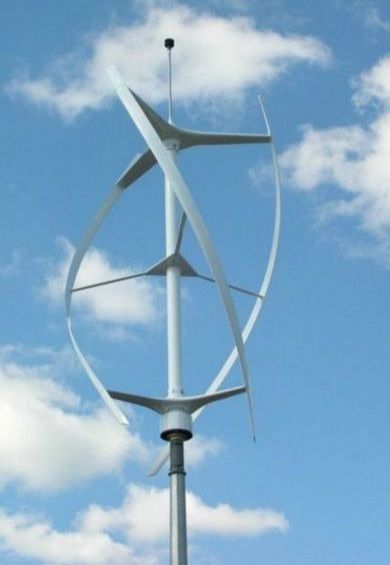
The blades, spokes and torque tube are made of advanced composite materials including carbon fibre for weight, reduction, stiffness and longevity Unlike traditional horizontal axis wind turbines, the qr helical VAWT will maintain it’s power curve in turbulent winds.
DOWNLOAD
↓Qr6 additional information 2020.pdf


